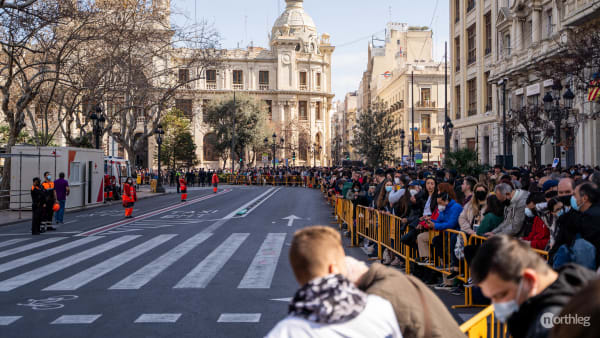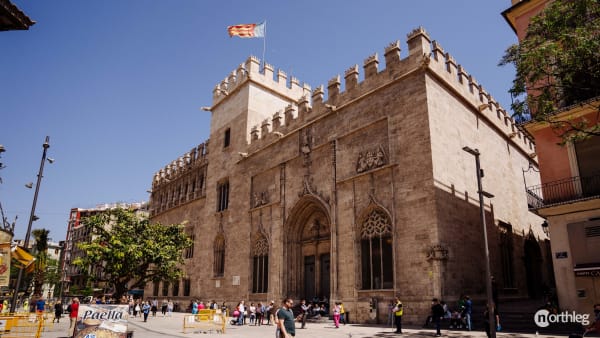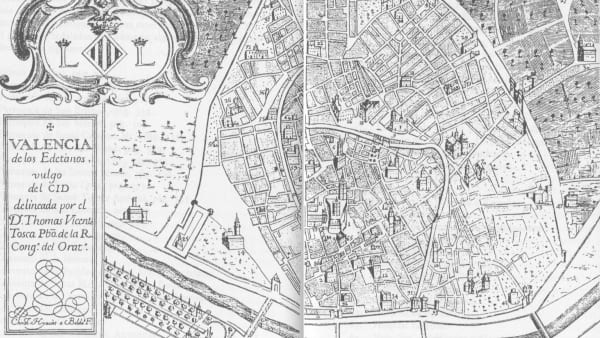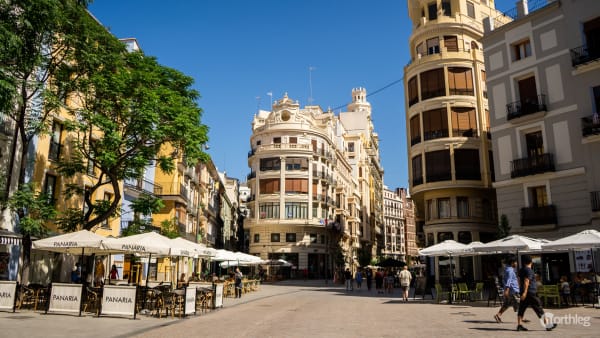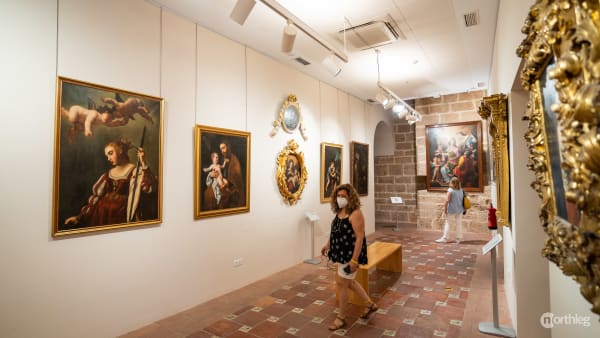Architectural elements and style
Architectural elements and style
The Seu’s construction, like that of other buildings of this magnitude, took many years to complete. As a result, the structure of the church changed over the years, parts were added and others were removed or remodelled in a variety of styles.
Nevertheless, the transition from one style to another is almost seamless. The Cathedral’s range of architectural styles is exemplified by the three doors: the Puerta de los Apostoles is Gothic, the Puerta de los Hierros is Baroque and the Puerta del Palau is Romanesque.

The structure
The building’s floor plan is in the shape of a Latin cross (resembling a crucifix). Three naves make up the vertical section of the cross, while the transept is the shorter, horizontal section. The side naves have four chapels on each side.

The Cathedral also has a chancel (the area used by the clergy) and an ambulatory (a semicircular corridor behind the chancel) with radial chapels. The roof is covered with four-part ribbed vaults in brick masonry, with pointed arches.
Two elements of the construction you’ll surely notice are the towers. One is the Miguelete, the belltower to the side of the Cathedral. The other one is the lantern tower, inside the Cathedral proper. A lantern tower is a tall construction elevated above the junction of the cross-shaped church, with the purpose of shining natural light down inside the building.
The styles
Overall the space has a fairly open and horizontal appearance, typical in Valencian Gothic architecture. This is the predominant style in the structure of the cathedral, as the main nave and chapels were the first to be built. Other Gothic elements in the church can be found in the Puerta de los Apóstoles.
The Renaissance period (15th and 16th centuries) is not reflected clearly in the architecture, but rather in the pictorial decorations. Here, the most notable features were more classical and rounded shapes, vegetation, garlands, and cushions. We can find signs of this in the altar and the minor chapels.
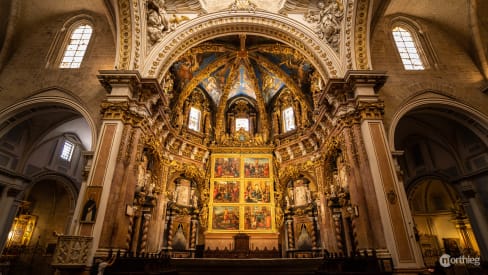
We can find traces left by the Baroque period (17th until the mid-18th century) in the Puerta de los Hierros and the Main Chapel’s decorations.
The typically Baroque features we can observe here are the grandiose tone, the extremely rounded and rich shapes, the figures of angels and wings, the Corinthian capitals, the stone friezes, and the heavy decorations with books, vases, crosses, bells, garlands, and trophies.
A lot of the 18th-century Neoclassical elements were removed, but we can still see them in the ambulatory. Here, you’ll see chapels in Gothic style alongside others with a Neoclassical cladding. The most notable features of this style are symmetry, harmony, sober colours, and a strong reference to ancient Greek and Roman art.













